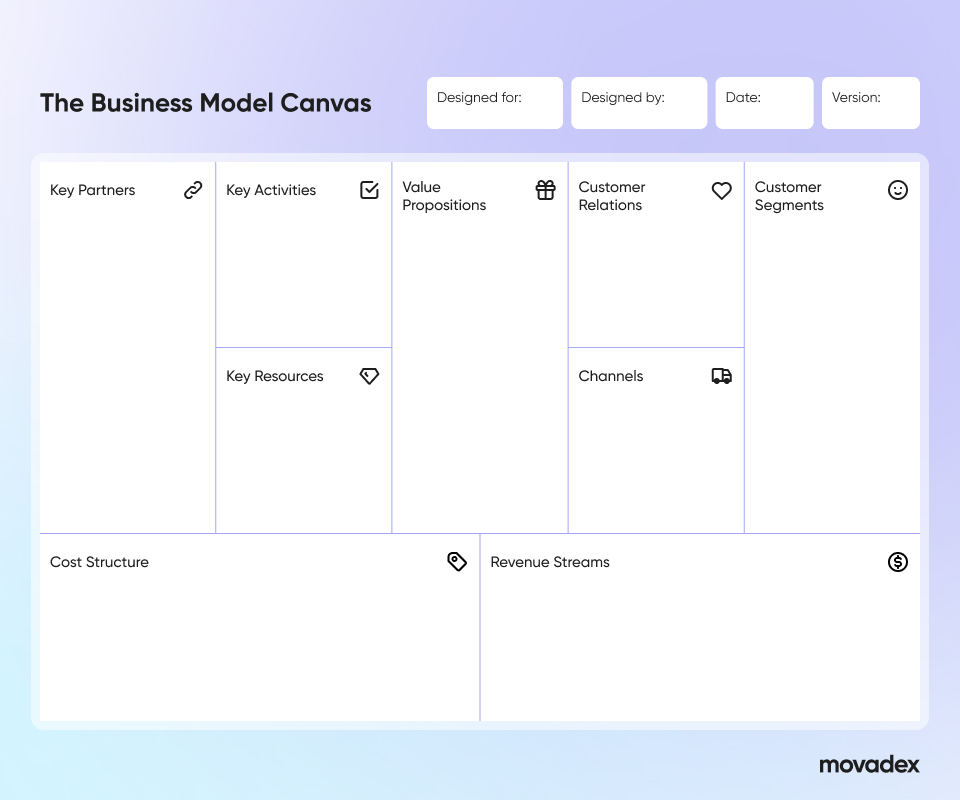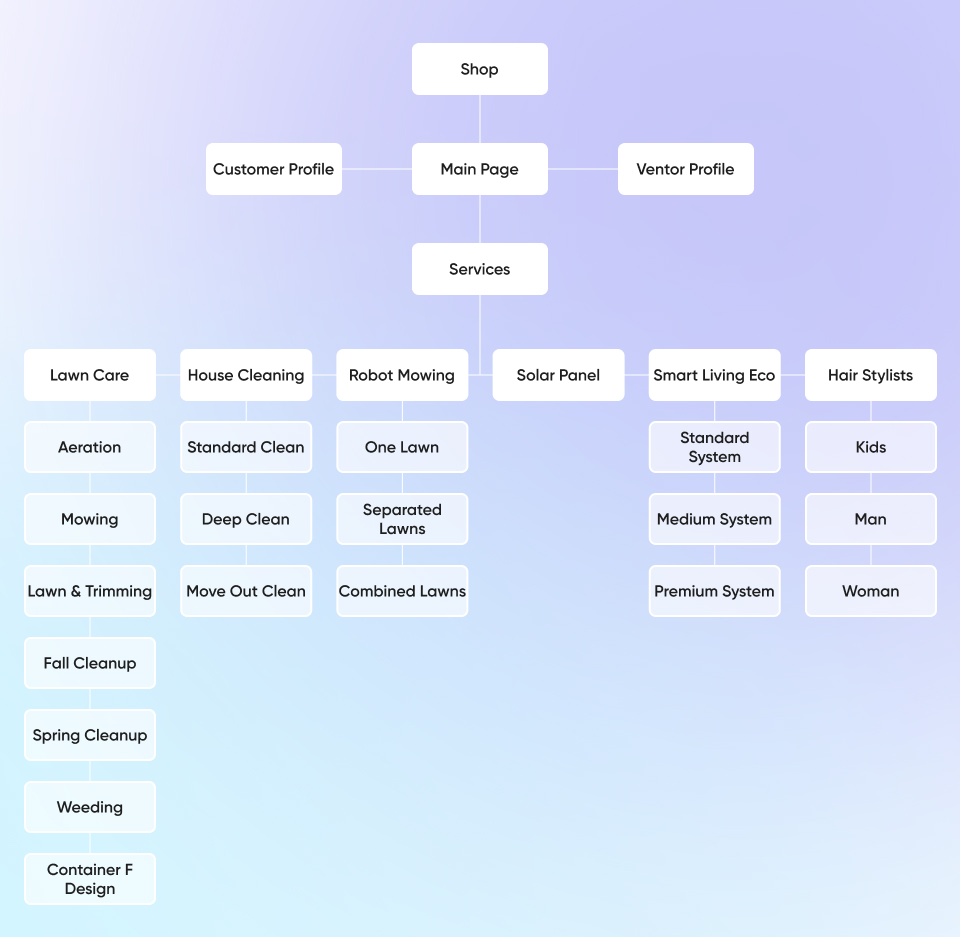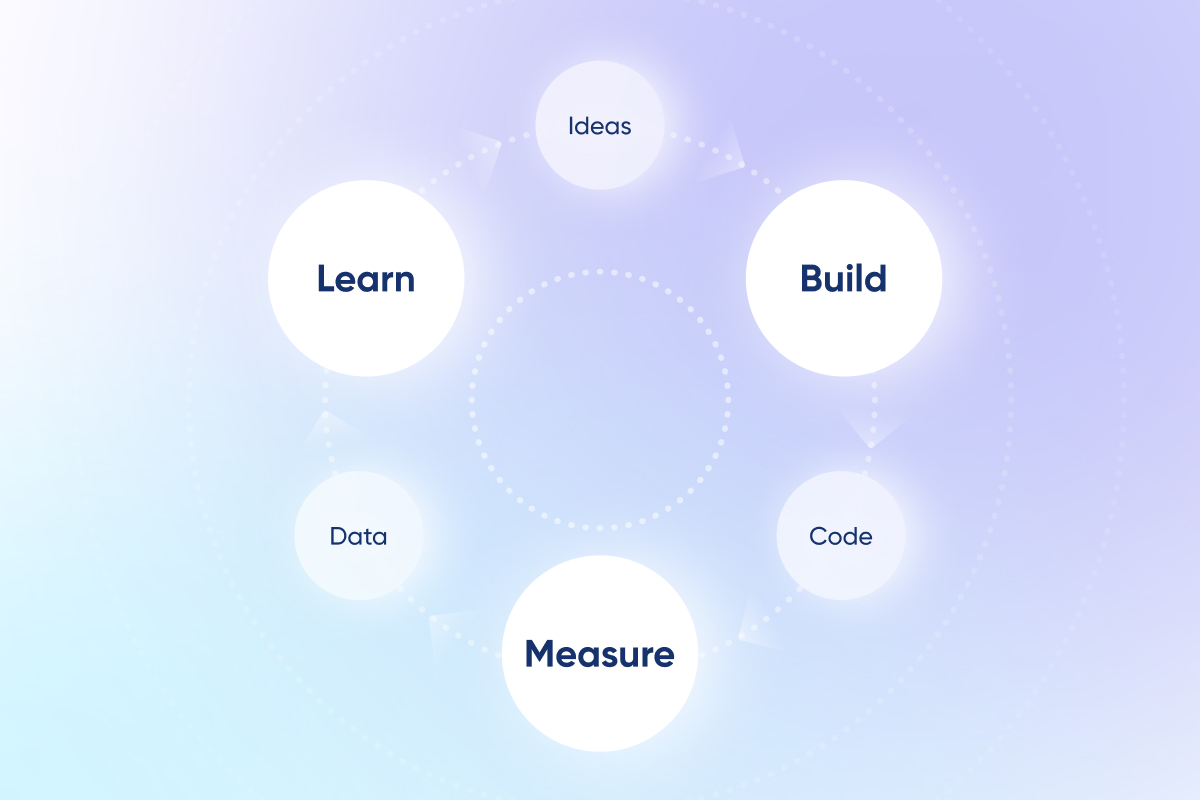Ever heard of MVP, which stands for Minimum Viable Product? It's a smart approach in the world of startups. Imagine creating a product with just enough features and a budget for testing. That's the essence of the lean startup methodology, a topic I'll be diving into based on my personal experience crafting products and working with clients in a software development company.
Before delving into the intricacies of the methodology, let's ponder over some statistics. A 2017 survey by CB Insight highlighted that 29% of startups fail because of financial constraints. While this may seem the logical primary factor, considering the pervasive narrative that 99% of startups fail, an intriguing revelation surfaces: a substantial 42% of startups falter not due to monetary woes but rather due to misjudgments such as entering an unsuitable market or developing a product with negligible demand. This underscores the critical importance of testing a product's viability, as advancing in a competitive or unresponsive market sans validation can result in substantial losses.
Testing your product is like a safety net. Without it, you might end up in a market where your product is a fish out of water. That's where the lean startup methodology steps in. If you're just kicking off your startup journey and find yourself navigating the MVP stages, this article is a must-read.
What is a Lean Startup Methodology?
The lean startup methodology is an approach to building and launching products that emphasizes speed, flexibility, and efficiency. It was first introduced by Eric Ries in his book "The Lean Startup" and has since been adopted by startups, as well as established companies, to build products and services that customers want, quickly and efficiently.
When a business follows the lean startup method, it means they're all about creating a product and getting feedback from customers. Usually, they start by releasing a basic version of the product (MVP) to the market or a small group of customers. As a result, project stakeholders can validate their processes by engaging in scientific experiments and interactive product campaigns.
The lean approach is accomplished by using agile methodologies and consistently testing new versions of the prototype with the audience. This way, you not only release a product that meets the audience's needs but also steer clear of unnecessary resource expenditures.
What Are The Key Principles of the Lean Startup?
Eric Ries identifies several fundamental principles integral to the lean startup methodology:
- Entrepreneurs are Everywhere
The notion that entrepreneurship isn't confined to founders; it's a mindset applicable across industries, company sizes, and roles.
- Entrepreneurship is Management
Viewing a startup as an institution requiring effective management for its success.
- Validated Learning
Emphasizing that startups exist not only to develop products and generate revenue but primarily to learn how to establish a sustainable business. This involves constant experimentation and testing to realize a defined vision.
- Build-Measure-Learn
Identifying the fundamental startup process as the conversion of ideas into products, gauging customer responses, and learning from these interactions to determine whether adjustments (pivot) or persistence (persevere) are necessary.
- Innovation Accounting
Startups should emphasize measuring progress towards goals and prioritizing work. This necessitates a new kind of accounting tailored to the dynamic environment of startups.
We analyzed the principles underlying this methodology. But how does the process of creating a startup work? I will consider it further.
The Process of Lean Startup
Each business can customize its process based on individual needs, market dynamics, and budget constraints. However, I'll outline a fundamental workflow that startup businesses should contemplate, a framework I frequently recommend to clients who may be uncertain.
Create a Business Model

The lean startup method utilizes the Lean Canvas, a comprehensive diagram encapsulating all product hypotheses and illustrating how an enterprise generates value for itself and its customers. Initiating the process involves formulating a business model that centers on addressing consumer problems, pain points, and needs. This model offers solutions that the organization, product, or service can effectively resolve.
Create Business Hypotheses
Business hypotheses are proposed assumptions about a key aspect of a new product or service. It serves as a foundation for testing and experimentation, allowing you to validate or invalidate their assumptions through real-world feedback and data before fully committing resources. To address these questions, it's crucial not only to formulate hypotheses and test them but also to establish a systematic approach to acquiring empirical data. Subsequently, adapting the product promptly based on the gathered information becomes essential.
Hypotheses are frequently formulated using the ICE or RICE methodology within the AAARRR framework, especially when considering changes to the product.
For instance, let's take a hypothesis: perhaps our target customers struggle with effective time management. To validate this, we conduct surveys or interviews to confirm whether the identified customers indeed encounter time management issues.
Another commonly tested hypothesis involves a subscription model: customers are willing to pay a subscription fee for premium features. To assess this, we introduce a limited version of the product with premium features and gauge customer willingness to pay, a strategy commonly known as freemium.
MVP (Build-Measure-Learn)
Once the Minimum Viable Product (MVP) is crafted, the team gathers customer feedback and makes decisions based on that input. The path forward involves either sticking to the chosen course or adjusting the initial plans. In the realm of "lean startup," the underlying philosophy is that if the MVP reveals a misalignment with the audience's needs or the broader market, it makes sense to develop a version that addresses customers' pain points and market needs.
So, MVP should steer clear of excessive functionalities, focusing only on the essential ones crucial for a seamless user experience learning curve — it needs to satisfy customers and meet their needs to garner valuable feedback.
Furthermore, in the initial stages of crafting an MVP, emphasis should be placed on vertical positioning rather than horizontal. What does this entail? The more precise and smaller the target audience sample, the more effective.
Take, for instance, our client TasteBuds, for whom we provided a comprehensive range of services, from branding to development. TasteBuds functions as a culinary social media platform, designed to elevate culinary skills and surprise loved ones with culinary creations.
Rather than developing a recipe platform for a broad audience, including those uninterested in cooking, TasteBuds narrowed its focus to a specific audience – individuals passionate about cooking who wish to share their recipes with like-minded enthusiasts. This deliberate approach excludes generic recipes like "don't know how to cook and don't like to cook? cook this scrambled egg!" The objective was to cultivate a community of people with shared culinary interests, representing vertical positioning.

Consider these key questions:
What goals am I aiming to achieve?
What resources are at my disposal?
Will my product offer a unique approach that captivates customers more effectively than competitors?
Crafting user flows is consistently a wise practice; it's a step we invariably take before diving into the design phase. As an illustration, here's the User Flow Map for Pyoor, one of our clients:

Measure
If this is an application, what is the number of MAU, what is the maintenance or what is your income?
If it's a website, what are the conversions, landing page views and how does the A/B test work?
This is what cohort analysis is for.
This method departs from evaluating aggregate metrics like the total number of consumers or overall income. Instead, it scrutinizes metrics for specific consumer groups, known as cohorts.
Should you discover that the core concept of your Minimum Viable Product (MVP) isn't resonating with the intended customers, the advantage lies in being able to discard the foundational product without exhausting excessive resources. When dealing with a tangible product undergoing testing before market release, obtaining feedback becomes more accessible. This involves soliciting testers' insights on the product they are actively using. Once data on your MVP is in hand, the next step involves extracting valuable insights from this information – marking the crucial learning phase in the lean startup methodology.
Learn
The ultimate phase in the Lean Startup methodology is learning. Integrating customer feedback into the Build-Measure-Learn cycle is key to ensuring a product-market fit. Critical questions arise at this juncture:
- Is a pivot (a change in direction) necessary, or should the current model persist?
- Are additional features needed or should some be removed?
- Should the product be priced or offered for free? Is an advertising model appropriate, or would a freemium approach better serve the audience?
Lean Startup Methodology vs Traditional Business Plan
What is a traditional business plan?
A traditional business plan is a comprehensive document outlining the strategic objectives, operational details, and financial projections of a business. Typically structured into sections, a traditional business plan provides a detailed blueprint for how a business intends to operate, grow, and achieve its goals over a specific timeframe.
- Startup goals — It provides an overview of the startup, outlining its mission, vision, and the objectives set for the company.
- Market analysis and target group — This section involves a comprehensive analysis of the market landscape and the specific demographic or audience the business is targeting.
- Financial analysis — This critical part entails a thorough examination of the financial aspects, including revenue projections, budgeting, and financial forecasts.
- Implementation plan and schedule — Here, the plan outlines how the company intends to put its strategies into action and provides an overall timeline for achieving goals.
Contrary to the extensive traditional business plan, the Lean Startup Methodology operates on only three core components.

Benefits of a Traditional Business Plan
Eliminate the Risk
By thoroughly outlining the business's objectives, market analysis, and financial projections, a traditional business plan serves as a strategic roadmap.
For example, Airbnb started as a solution to a problem the founders themselves faced — finding affordable accommodation during a design conference. Before launching, they developed a traditional business plan to attract investors and guide their operations.
Easier Acquisition of External Financing
A traditional business plan enhances the likelihood of securing external financing. The detailed financial projections, market analysis, and strategic insights presented in the plan instill confidence in investors and lenders, making the business a more attractive prospect for funding. Also, banks tend to favor traditional business plans. When presented with such a document, they find it more straightforward to assess the viability of a business and make informed decisions regarding loan approvals.
Solid Plan
As a standard procedure, companies embark on developing a new product armed with a comprehensive business plan, typically projecting over a 5-year horizon. This plan serves as the foundation for product development, negotiations with financial institutions, and attracting investors.
Benefits of a Lean Startup Plan
Faster Time-to-Market
You don't have to wait for a lengthy 5-year timeframe to see your project fully developed. In just six months, you can swiftly enter the market, validate concepts, and if the product doesn't quite fit, make a strategic pivot. This nimble approach accelerates the development process and enables quicker responses to market dynamics.
Cost Efficiency
You invest in features that are crucial for the present needs, bypassing unnecessary extras. The decision to incorporate additional appealing features isn't within the scope of the MVP. The typical cost for MVP design and development on Movadex, contingent on complexity, varies between $10,000 and $50,000.
Adaptability
The ease of pivoting stems from not investing extensive time in preparing and writing a comprehensive business plan. This flexibility allows entrepreneurs to swiftly shift direction if initial assumptions or ideas prove to be less viable, minimizing sunk costs and facilitating a more agile response to market feedback.
Select the option that prioritizes your finances above all else.
How to Build Your MVP Using the Lean Startup Methodology
After conducting the research outlined above, proceed with minimal branding, design, development, and quality assurance. If you are seeking a software design and development partner, don't hesitate to contact us. You can schedule a free introductory call to discuss your business ideas and requirements by visiting https://bit.ly/3DbrYlt or emailing me at nor@movadex.com. Choose the option that suits you best, and rest assured about the decision-making pace – we never pressure our customers, maintaining a transparent and personalized approach at all times.

![The Lean Startup Methodology Cycle [Insights + Real Examples]](/_next/image?url=%2Fimages%2Farticle-covers%2Fthe-lean-startup-methodology-cycle-insights-real-examples.jpg&w=3840&q=60)


